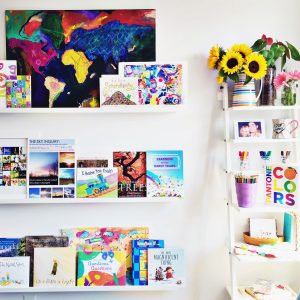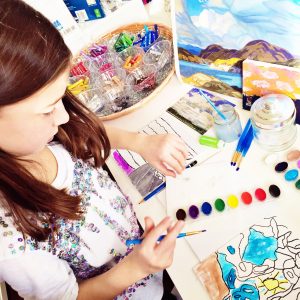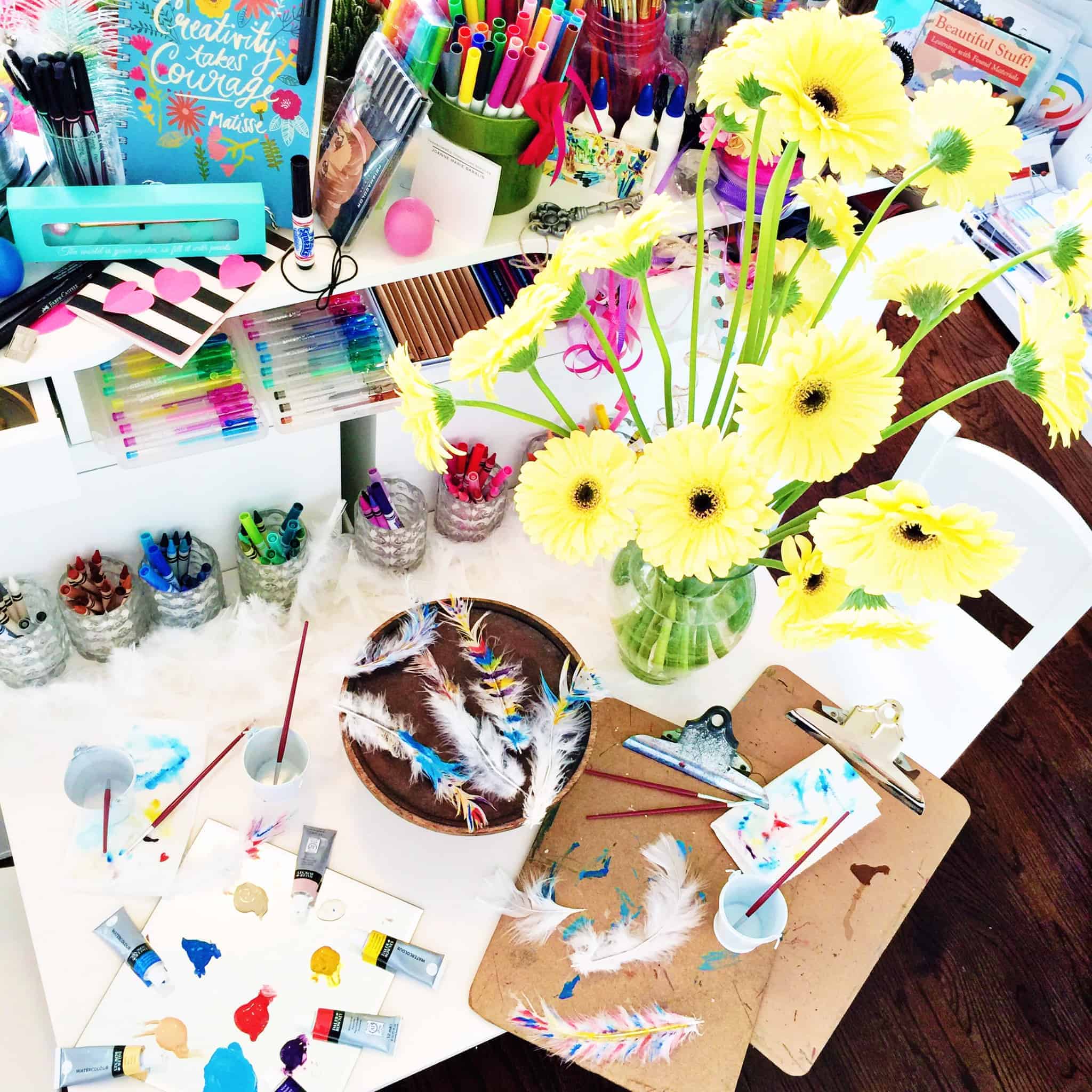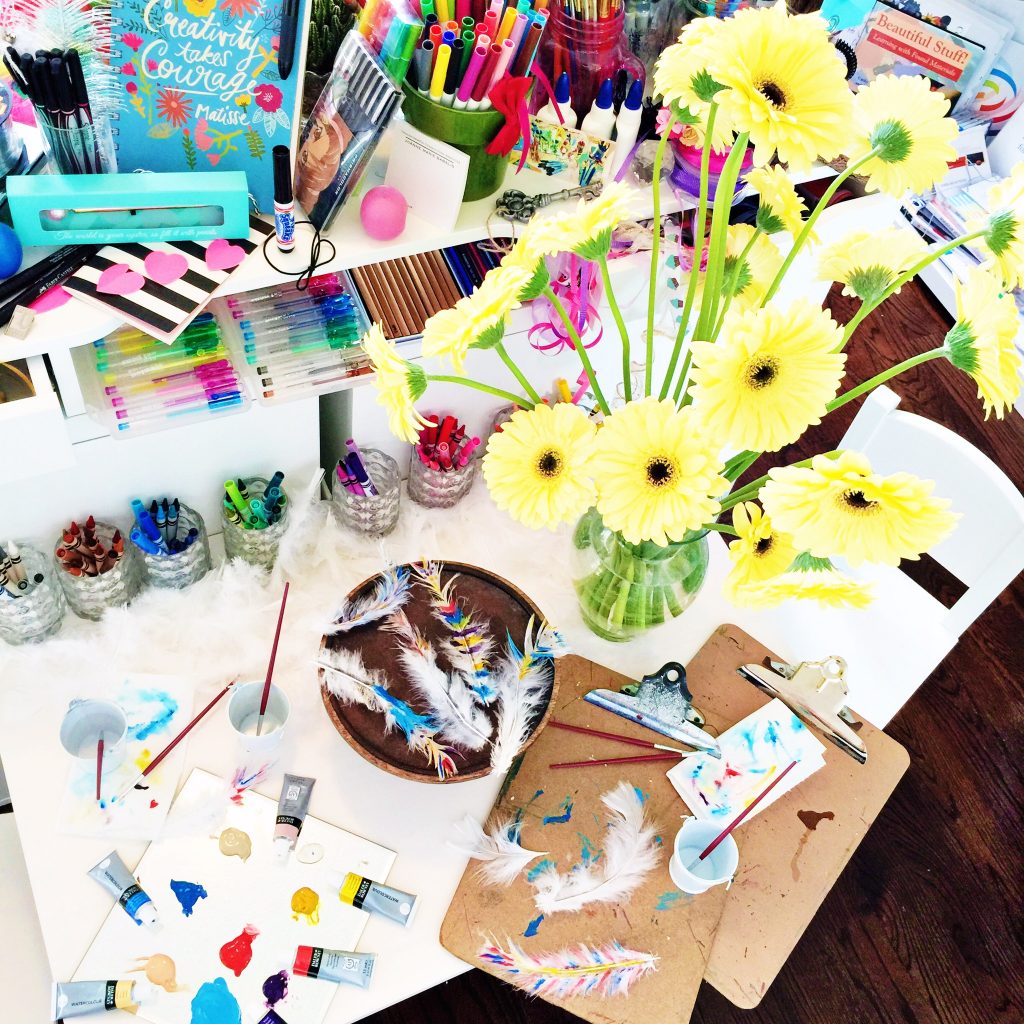J oanne Marie Babalis is a kindergarten teacher, a kindergarten instructor, as well as a PhD student, blogger, and speaker in Toronto, Canada. She is extremely passionate about designing spaces, which inspire inquiry-based learning and creative innovation for twenty-first century literate learners. Joanne has been teaching for ten years and believes that all children are born ready to learn, inquire and play.
oanne Marie Babalis is a kindergarten teacher, a kindergarten instructor, as well as a PhD student, blogger, and speaker in Toronto, Canada. She is extremely passionate about designing spaces, which inspire inquiry-based learning and creative innovation for twenty-first century literate learners. Joanne has been teaching for ten years and believes that all children are born ready to learn, inquire and play.
In addition to this, she regularly presents at academic conferences as well as a variety of other professional learning events across Ontario, Canada and beyond. During her presentations, she shares her Master of Education research about the layers of Inquiry-Based learning and her experiences in Full-Day Kindergarten using pedagogical (the art of teaching) documentation.
Joanne has created a blog with the intention of spreading important messages about Early Learning to a greater number of educators and students. She is always looking for innovative ways to transform education and is committed to illuminating the path of Inquiry-Based Learning for others working with young children.
Joanne is also a new mother to a 4-month old baby boy and today she shares with us a couple of ideas for designing spaces that inspire children to learn, play and inquire.
By Joanne Marie Babalis
 A beautiful space that has been thoughtfully planned can draw the attention of adults and children alike. Picture walking into a board room that has been prepared with fresh flowers, soft linens, creatively arranged resources, and hearing some classical music in the background.
A beautiful space that has been thoughtfully planned can draw the attention of adults and children alike. Picture walking into a board room that has been prepared with fresh flowers, soft linens, creatively arranged resources, and hearing some classical music in the background.
Wouldn’t you feel welcomed and perhaps more motivated to participate in your meeting?
Children also learn and become engaged in a similar way. For instance, when their parents or educators intentionally design their physical environment(s) in an aesthetically pleasing way, they are curious and interested to explore.
Playing with open-ended and high-quality materials such as blocks, books and watercolour paints that are offered to them and using their senses; what they see, smell, hear, touch, and taste, can lead children to formulate new wonderings.
These questions can be the start of their very own inquiry project on a topic that matters to them.
Here are two examples of an 'invitation for learning', whereby the goal is to intrigue the child in the hope that they might participate.
In both of the images, you will notice that the art supplies are carefully organised in a way to draw their attention. Who wouldn’t want to try this?
With a huge market of mass-produced and commercialised toys, such as colourful plastic figurines, props, and the pressures of modern technology; including iPads, phone apps and online games- children are no longer using their imaginations to experience the natural world that surrounds them.
 From my ten years in the classroom, I have learned that the early years in a child’s life are foundational for their future. It is, therefore, up to us to stimulate their minds by creating opportunities for them to experiment with new materials, to read about their interests, and to have discussions about their thoughts.
From my ten years in the classroom, I have learned that the early years in a child’s life are foundational for their future. It is, therefore, up to us to stimulate their minds by creating opportunities for them to experiment with new materials, to read about their interests, and to have discussions about their thoughts.
Start with one invitation for learning- indoors or outdoors- and see where it takes you- I promise you will be amazed at all of the possibilities.




